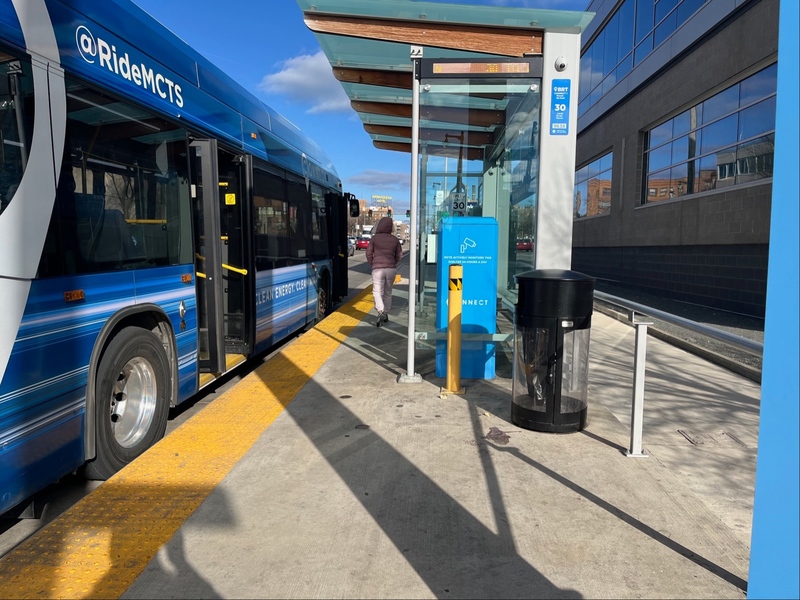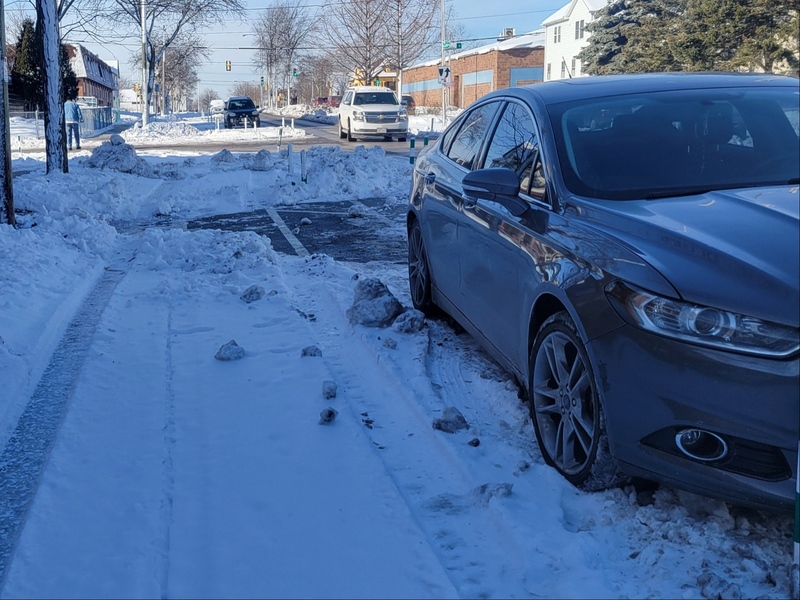The opinions expressed in this piece do not necessarily reflect the opinions of OnMilwaukee.com, its advertisers or editorial staff.
Over the last several decades, the economic vitality and growth of Milwaukee and southeastern Wisconsin have fared poorly to other metropolitan regions in the country, with rankings in comparative studies generally placing our region in the lower third of performance.
Strong new growth efforts of the Water Council, the Midwest Energy Research Consortium, the Regional Health Center and stimulating entrepreneurism are helping matters. Hopefully the continued focus on specialty manufacturing, exporting and distribution will pay off as well.
For that latter group of business types, transportation capabilities – including the ability of employees to get to and from work - and costs are critical factors. In a late 2013 survey by Site Selection magazine, transportation capabilities are the No. 2 priority of businesses looking to expand elsewhere, coming after state and local taxes.
Until railroads expanded in the 1800s, Milwaukee was larger than Chicago because economic trade occurred where three rivers came together in a harbor on Lake Michigan. This area was the most efficient location for transportation along the southwest coast of Lake Michigan.
But with the railroads, the southern end of Lake Michigan became a more efficient location for transportation and so Chicago grew larger than Milwaukee. Adding broad transit systems, interstate highways and its two primary airports further solidified metropolitan Chicago as the transportation hub for this portion of the Great Lakes. This will not change, although the higher costs in Chicago provide a competitive opportunity.
Our region is somewhat handicapped as an attractive location for manufacturers. What can be done to have our region not only be competitive, but differentiate itself as an attractive area?
One strategic approach is to provide efficient, connected and low cost transportation capabilities that will allow businesses to be profitable and people to move efficiently. That would be something to sell.
Our region has a number of different entities that independently manage and operate transportation units, such as each southeastern Wisconsin county having its own transit system plus Kenosha having a street car and Milwaukee starting a street car. Such an organizational approach can never be efficient and is thus costly.
What is needed is a new government transportation unit that serves the southeast quadrant of the state, which is larger than M7’s area, plus some of northern Illinois. This entity would manage and operate the commercial airports, the Port of Milwaukee, a regional transit system, be in position to work with railroads for both freight and passenger services, work with Wisconsin’s Department of Transportation about key roads and efficient connections among transportation assets and hopefully, re-establish a freight intermodal ramp. It would operate all of those functions on a coordinated market-driven basis to meet freight and passenger needs, and it would focus on efficient performance to spur economic growth by helping to differentiate our region. Simply, this needs to be the mission of just one entity versus the numerous independent and often unconnected efforts that exist now.
There are three other reasons to have just one entity for our region’s transportation capabilities. They relate to the Federal government’s forecast in 2014 of future expenditures on "discretionary" items such as education, transportation, the environment, etc.
Over the next 10 years, such Federal expenditures will decline from 3.2% of gross domestic product to 2.2%. Simply, there will be less funding from the Federal government and therefore, more competition across the country to obtain it.
The first reason is that having one efficient transportation entity will allow our region to better compete for shrinking Federal funding.
Second, as governmental funding slackens, the demand for private capital invested in transportation capabilities and infrastructure will grow. Investors will obviously look at the organization into which they might invest. Thus, an efficient transportation organization is needed, one that performs well so that investors in it will get a satisfactory return.
The third reason relates to the Alliance for Regional Development’s Chicago Megacity project across the 21 counties surrounding the southwest corner of Lake Michigan. Metropolitan Chicago and northwestern Indiana, especially with Indiana’s proactive Conexus initiative regarding manufacturing and logistics, are in stronger positions than is southeastern Wisconsin. Having one effective transportation organization would enhance our region’s participation in this long term project.
Similar transportation entities exist around the country. Our region needs to take action to form one. It is up to the elected and civic officials to come together and move ahead for the good of the region. If our regional leaders are really interested in economic development, they must actively work to form an entity that manages and operates our transportation assets and capabilities.
Tom Rave is the recently retired executive director of The Gateway To Milwaukee and of Aerotropolis Milwaukee.







